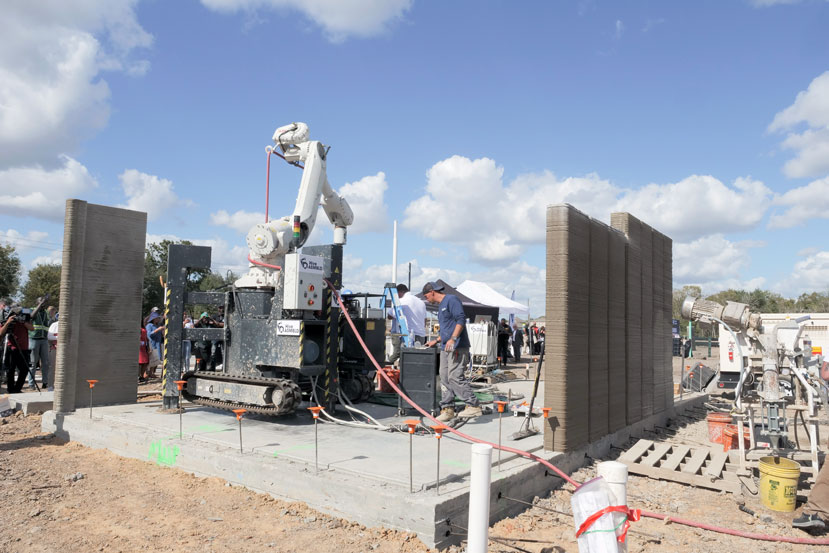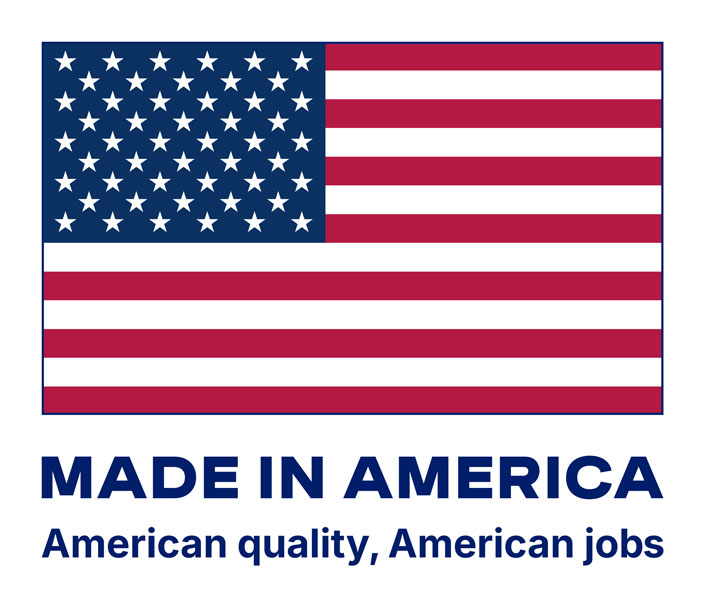Inventys announced a project partnership with Lafarge Canada and Total, a major energy company, to develop and demonstrate the first full-cycle solution to capture and reuse CO₂ from a cement plant while also reducing greenhouse gas emissions. Project CO₂MENT will demonstrate and evaluate Inventys’ CO₂ capture system and a selection of CO₂ utilization technologies at Lafarge Canada’s Richmond, B.C., cement plant over the next four years.
“At Inventys, we see a real opportunity to build a CO₂ marketplace where tonnes of CO₂ are traded between emitters and users,” said Inventys President and CEO Claude Letourneau. “This project provides an opportunity for global industry leaders to work together using everyone’s expertise to create new business models while fighting climate change.”
In a drive toward its 2030 Sustainability goals, Lafarge recently expanded its low carbon fuel program at the Richmond plant with the addition of a $28 million system to use non-recyclable waste as fuel. This new fuel system will make Richmond the most carbon efficient cement plant in Canada. More than a million tons of cement is produced per year at the plant, making it a large emitter of CO2in British Columbia.
“It takes intensive energy to heat limestone to the level necessary for its transformation into cement and the chemical reaction itself produces CO2 so we are very interested in researching ways to capture these emissions and reuse them in our concrete products,” Lafarge Western Canada CEO Brad Kohl said.
The objectives of Project CO₂MENT are as follows:
- Phase I – The Contaminant Program: Reduce harmful organic and inorganic substances, such as sulphur dioxide, dust and soot, as well as nitrogen oxides, from cement flue gas;
- Phase II – The CO₂ Capture Program: Separate the CO₂ from flue gas using a customized-forcement version of Inventys’ carbon capture technology at pilot scale;
- Phase III – The CO₂ Reuse Program: Prepare post-combustion CO₂ for reuse and support the economical assessment and demonstration of CO₂ conversion technologies onsite, such as CO₂-injected concrete and fly ash.
Funding for the first two phases is complete and development of Phase I is underway. Phase I will begin operation in 2019; followed by Phase II & III in 2020.



